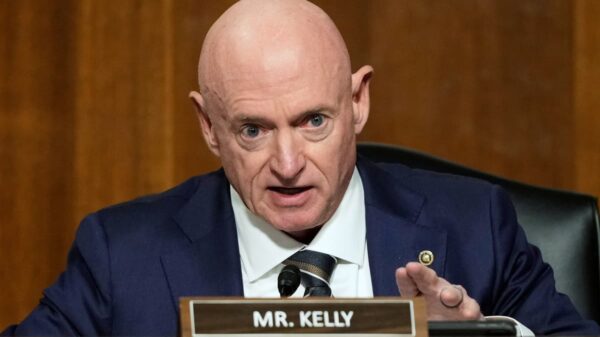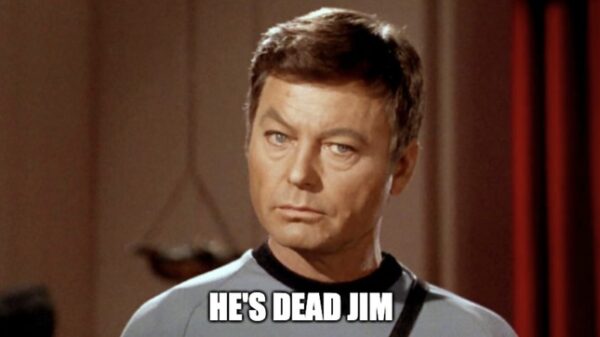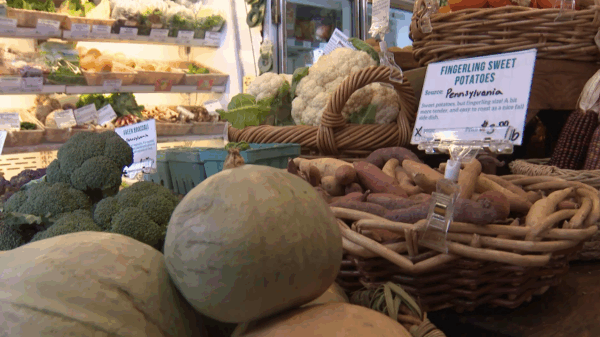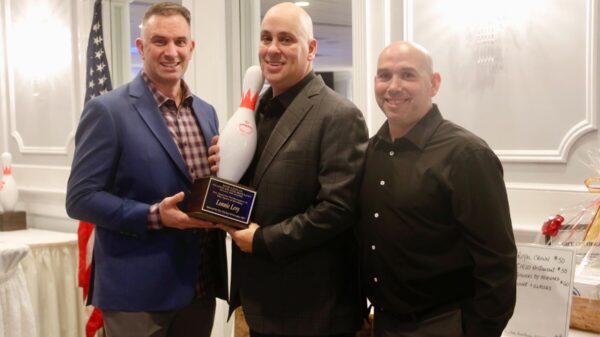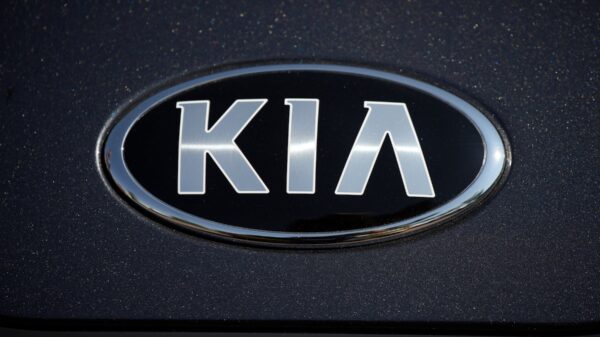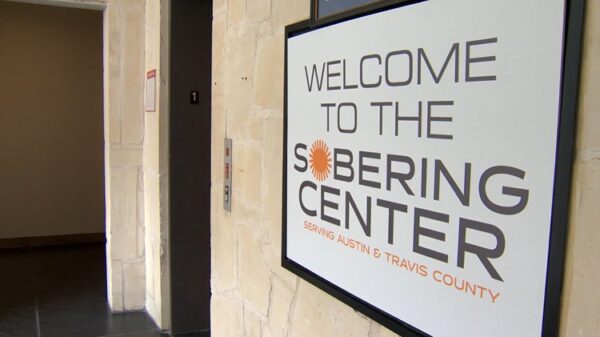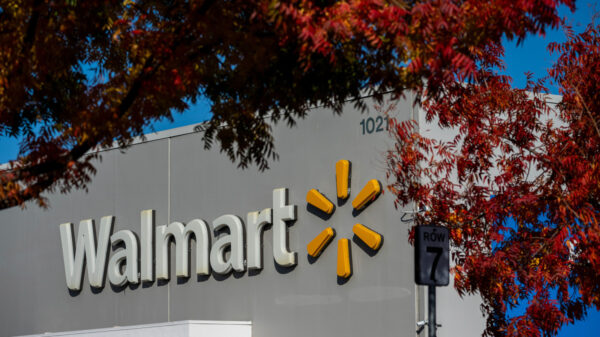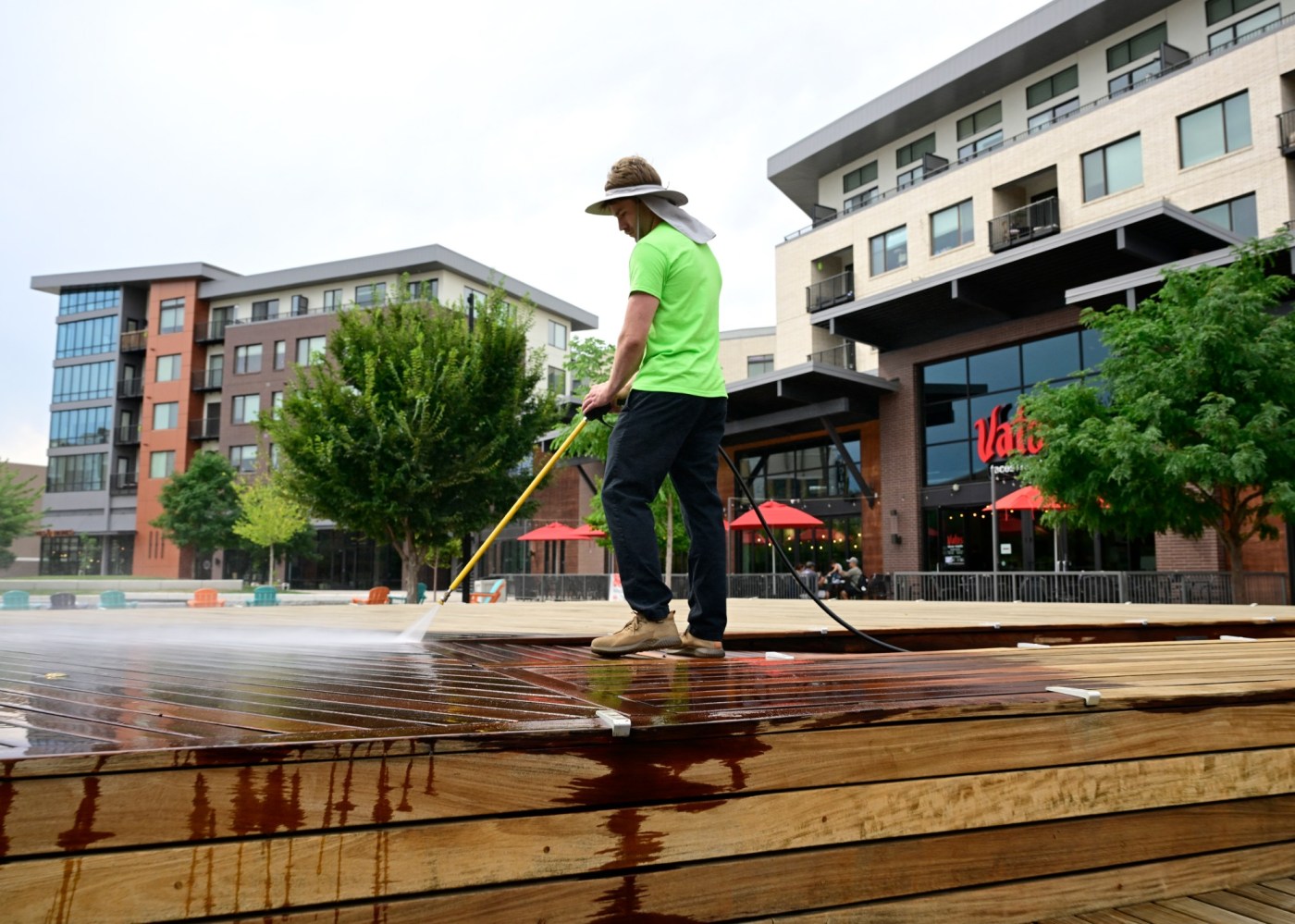A significant redevelopment is underway in Downtown Westminster, with plans for a new three-acre community park, an Asian-themed food hall, and hundreds of residential units. This project aims to breathe new life into the area, which was once dominated by the Westminster Mall, and is expected to attract visitors from across the metropolitan area.
Heather Cronenberg, the city’s real estate development manager, expressed optimism about the future of the project, stating, “There’s a whole second phase of development that is about to come online.” The transformation of Downtown Westminster has been a long-term vision, spanning approximately 15 years, and is located at the intersection of North Sheridan Boulevard and U.S. 36.
As part of the ongoing redevelopment, two substantial residential projects are set to be presented to the Westminster City Council for approval in the coming weeks. The next major addition, Center Park, is scheduled to open this fall at the intersection of Fenton Street and Park Place. This park will feature a splash pad, picnic shelters, and a dog park, providing a vibrant gathering space for the community.
In addition to the park, the highly anticipated Red Lotus Den food hall, owned by Henry Lee, is preparing to open next year. The 11,500-square-foot venue will host seven restaurants, with Lee aiming to make it a destination spot. He recently secured the necessary permits, highlighting his commitment to enhancing the area’s culinary offerings. “That’s what I’m trying to do with the food hall — make it more destination-based,” Lee noted.
Despite the excitement surrounding these developments, the journey has not been without challenges. Several businesses have faced difficulties, including the closure of the Tattered Cover bookstore in late 2023 and the bankruptcy of the Alamo Drafthouse movie theater chain, which still operates a location in Westminster. Empty storefronts remain a concern, with some spaces around the area demonstrating the growing pains of this ambitious project.
Rodney Milton, executive director of the Urban Land Institute of Colorado, acknowledged that such challenges are expected during the construction of a large-scale urban development. He stated, “Being patient to get what you want is a huge challenge.”
Community Focus and Long-Term Vision
Westminster City Councilwoman Sarah Nurmela has been involved in the Downtown Westminster effort since its inception. She emphasized the importance of maintaining the area as a public gathering spot, a goal that dates back to the mall’s demolition in 2011. “We want to create these elements of gathering and connection for people,” she explained, underlining the city’s ambition to foster a vibrant community atmosphere.
The redevelopment project has involved an investment of approximately $100 million from the city, which aims to guide the development according to its vision. The project includes about 1,000 dwelling units across four apartment buildings, boasting a high occupancy rate of 95%. As part of the commitment to affordable housing, the city mandated that 10% of the units in certain developments be priced at 60% of the area’s median income.
The revitalization of Downtown Westminster is part of a broader trend across the United States, where many cities are transforming aging shopping malls into vibrant mixed-use communities. Similar projects have been seen in places like Lakewood and Centennial, where outdated malls were replaced with modern shopping and residential spaces.
Injecting Life into the Marketplace
The growth of Downtown Westminster is already having a positive impact on nearby retail centers. The recent opening of a Trader Joe’s grocery store northeast of the downtown zone highlights the area’s evolving landscape. According to city officials, the business activity in Downtown Westminster is projected to generate $6.8 million in tax revenue in 2024, a significant increase compared to the $2.4 million generated by the former Westminster Mall in its final operational year.
City officials are also committed to enhancing foot traffic and community engagement. A new initiative, in partnership with the Westminster Chamber of Commerce, has been launched to allocate $300,000 over the next year to host events that attract residents and visitors alike.
Residents like Austin Tristan, who recently moved to the Aspire apartment building, appreciate the current atmosphere, describing it as peaceful and quiet. However, he expressed a desire for more dining options and a local brewery to help energize the area. Other residents echoed similar sentiments, advocating for more local restaurants rather than chain establishments.
As Downtown Westminster continues its transformation, stakeholders are hopeful that the combination of new amenities, residential offerings, and community-focused initiatives will create a thriving urban center. With a vision extending far into the future, city officials remain dedicated to a long-term strategy that fosters growth and revitalization for years to come.











